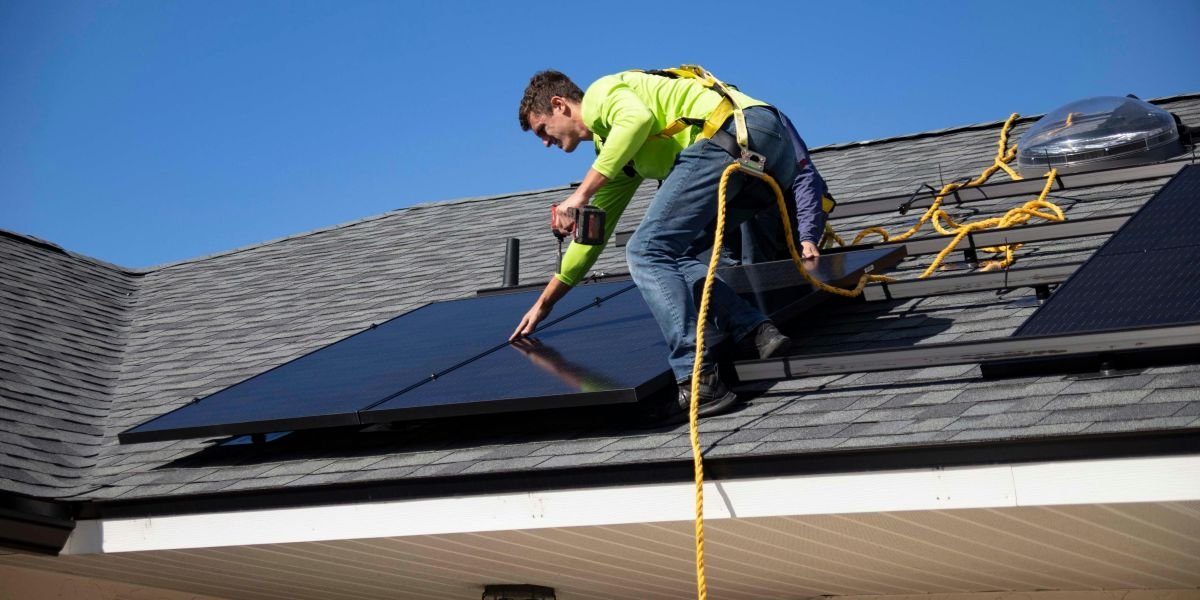The Slow Living Movement offers a refreshing alternative in an era of rapid pace and constant connectivity. This lifestyle choice emphasizes mindfulness, intentionality, and a deeper connection with our surroundings. By embracing slow living, individuals can foster a more balanced, fulfilling, and sustainable way of life. This article explores the principles of the Slow Living Movement and provides practical tips for incorporating its practices into your daily routine.
What is the Slow Living Movement?
The Slow Living Movement is a lifestyle choice that encourages individuals to slow down, live mindfully, and prioritize what truly matters. It’s about making intentional choices that enhance well-being and foster a deeper connection with oneself and the environment. The movement challenges the notion that faster is always better and promotes a more deliberate and meaningful approach to life.
The Slow Living Movement has its roots in the Slow Food Movement, which began in Italy in the 1980s as a response to the fast food culture. The principles of savoring food, appreciating quality over quantity, and supporting local producers soon extended to other areas of life. The Slow Living Movement emerged as a broader philosophy encompassing various aspects of daily living, from work and leisure to relationships and consumption.
What Are the Core Principles of Slow Living?
- Mindfulness: Being present and fully engaged in each moment. This means paying attention to your actions, thoughts, and surroundings without judgment.
- Intentionality: Making conscious choices that align with your values and priorities. This involves setting clear intentions for how you want to spend your time and energy.
- Simplicity: Reducing clutter and focusing on what truly adds value to your life. This can involve decluttering your physical space, simplifying your schedule, and minimizing distractions.
- Sustainability: Living in a way that is respectful of the environment and promotes long-term ecological balance. This includes supporting sustainable practices and reducing waste.
- Connection: Building meaningful relationships with people and nature. This means prioritizing quality time with loved ones and fostering a deeper connection with the natural world.
How Can You Incorporate Slow Living Practices into Your Daily Life?
- Simplify Your Schedule: Prioritize your commitments and say no to activities that don’t align with your values. Leave space in your schedule for relaxation and spontaneous activities.
- Practice Mindful Eating: Take the time to prepare and enjoy your meals. Savor each bite, appreciate the flavors, and be mindful of the food’s origins and the effort that went into its production.
- Reduce Screen Time: Limit your use of digital devices and be intentional about your screen time. Designate tech-free times and spaces in your home to encourage more meaningful interactions and activities.
- Spend Time in Nature: Make it a habit to spend time outdoors, whether it’s a walk in the park, gardening, or simply sitting in your backyard. Nature can be a powerful antidote to the stress and busyness of modern life.
- Declutter Your Space: Simplify your living environment by decluttering and organizing your belongings. Keep only the items that serve a purpose or bring you joy.
- Engage in Creative Activities: Dedicate time to hobbies and creative pursuits that bring you joy and fulfillment. Whether it’s painting, writing, knitting, or playing music, these activities can be deeply nourishing.
- Practice Gratitude: Take time each day to reflect on the things you’re grateful for. This practice can shift your focus from what’s lacking to the abundance in your life.
What Are the Benefits of Embracing Slow Living?
- Reduced Stress: Slowing down and simplifying your life can significantly reduce stress and anxiety. By focusing on what truly matters, you can create a more balanced and peaceful life.
- Enhanced Well-being: Mindfulness and intentionality promote a deeper sense of well-being and contentment. By living in alignment with your values, you can experience greater satisfaction and fulfillment.
- Stronger Relationships: Prioritizing quality time with loved ones fosters deeper connections and strengthens relationships. Slow living encourages meaningful interactions and shared experiences.
- Increased Productivity: Contrary to the belief that slowing down reduces productivity, being intentional about your activities can actually enhance your focus and efficiency. By eliminating unnecessary distractions, you can accomplish more with less effort.
- Environmental Impact: Embracing sustainable practices and reducing consumption can have a positive impact on the environment. Slow living promotes a more eco-friendly and responsible way of life.
The Slow Living Movement offers a powerful antidote to the fast-paced, high-stress lifestyle that dominates modern society. By prioritizing mindfulness, intentionality, simplicity, sustainability, and connection, you can create a more balanced and fulfilling life. Start incorporating slow living practices into your daily routine and experience the profound benefits of this transformative lifestyle.









